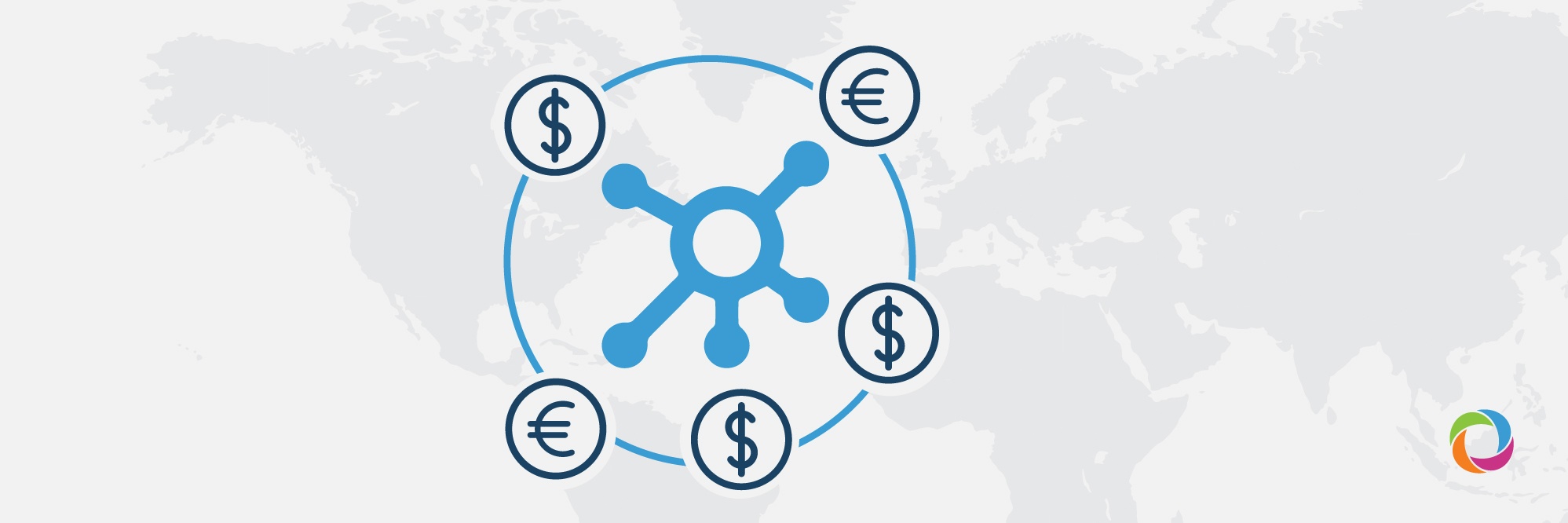The European Union is the largest provider of Official Development Aid (ODA) in the world. In 2018, EU institutions provided almost US$17 bn in ODA flows while EU countries combined, members of the Development Assistance Committee (DAC), disbursed almost US$ 87 bn (!), placing the EU at the top of DAC donors. What is the current architecture of the European development funding? What future changes to the architecture should consulting companies be taking into consideration? In this article, DevelopmentAid brings you a focused view on Europe’s funding instruments and channels.
The current EU development funding architecture is very complex and has multiple levels. Its center is around the European institutions (mainly the European Commission) and, to a lesser extent, the European Investment Bank (EIB) and the European Bank for Reconstruction and Development (EBRD). It also includes the European DFI – Development Finance Institutions. These are all embedded into the system and play an important role in both public and private sector financing.
The current architecture of funding instruments and institutions within the EU
The European Commission (EC) manages the financing of development through the EU budget and the European Development Fund (EDF). Roughly EUR 95 bn from the EU budget has been allocated to external policies during the 2014-2020 programming period.
The various services of the EC, together with the countries of operation and other various stakeholders, define the EU’s medium and long-term priorities, objectives and funding allocations through a process of multi-annual programming. The distribution of EU development financing itself is managed in the context of the multi-annual financial framework (MFF-EU).
Another important instrument used by the EC to provide development funding is the European Development Fund (EDF). This is the main instrument for providing development aid to African, Caribbean and Pacific countries and to overseas countries and territories. The total financial resources for the EDF for 2014 – 2020 amount to EUR 30.5 bn.
The European Investment Bank (EIB) is fully owned by the EU Members States. Currently, it is one of the largest public banks in the world, with over EUR 450 bn in outstanding loans. However, its main focus is on investment projects within EU boundaries. Although the EIB operates in over 110 countries, the investment projects from outside the EU represent only a small part of its portfolio (around 10% of its overall annual disbursements).
The European Bank for Reconstruction and Development (EBRD) is the other key European development financing institution. The purpose of its establishment was to prompt the transition towards open market-oriented economies and the promotion of private sector development in transition economies. Its current geography of investments is limited to a number of countries in Central and Eastern Europe (EU and non-EU), the Southern and Eastern Mediterranean and central Asia. Its total annual lending operations are worth approximately EUR 9.5 bn with 70% of its portfolio being outside the European Union.
Last, but not least, are the National Development Banks and Finance Institutions of the EU. Some of these have been already been covered in DevelopmentAid articles such as BIO – the Belgian DFI, and DEG – the German DFI that brings more than just finance for the developing countries. Additionally, there are a number of development cooperation agencies from Member States with significant resources.
New rules for the new decade
After several reviews of and research into current financing instruments and the funding architecture, the EC has proposed important changes to be made for the period 2021- 2027. It mainly proposes a new regulation which will establish a Neighborhood, Development and International Cooperation Instrument (NDICI). This new instrument is intended to integrate a number of existing external financing instruments into a single instrument. It also foresees a much stronger role for joint programming which is considered to be the preferred implementation approach. Thus, Member States will be involved in key decisions on the multi-annual indicative programs and financing decisions, notably through a new NDICI Committee.
In an independent report prepared by the High-Level Group of Wise Persons and published in 2019, the group of experts also advised upon certain additional measures for improving development funding mechanisms, such as:
-
- Strengthening the role of the European Commission at the center of the EU development financing architecture;
- Creating a European knowledge hub for development;
- Encouraging the European Commission to invest in the development of country platforms for improved development impact in recipient countries.
At the same time, the aforementioned report suggests an important institutional change: the establishment of a European Climate and Sustainable Development Bank. The authors suggest that the bank should be a single, well-capitalized development entity which should become the natural development finance center alongside the EC. It should have at its disposal the full range of financial instruments to support development strategies and the climate agenda.
However, the suggested institutional change will become much more clear after the authorities have conducted feasibility studies on the options described in the report before the end of 2020.
One fact cannot be overlooked however – the future of the European funding architecture will be the subject of changes in 2020 and the following decade.
DevelopmentAid will keep you up to date with the latest news about the changes to the EU development funding system and provide the best instruments to keep your companies’ CRM and applications for tenders ahead of the competition. Become a DevelopmentAid Professional Member today.

